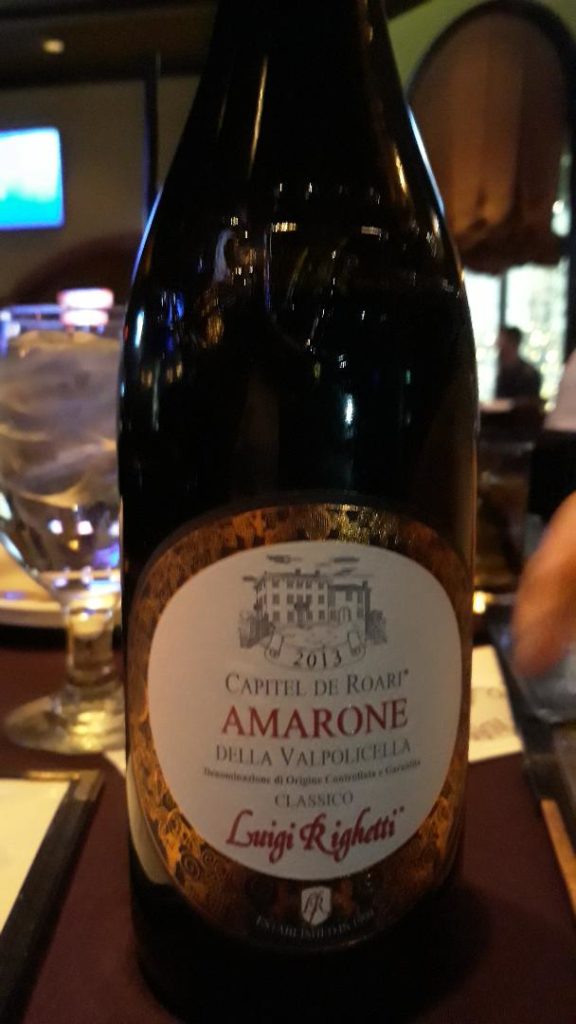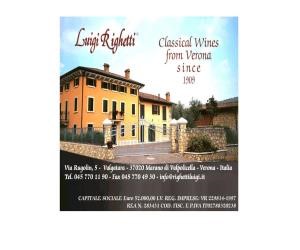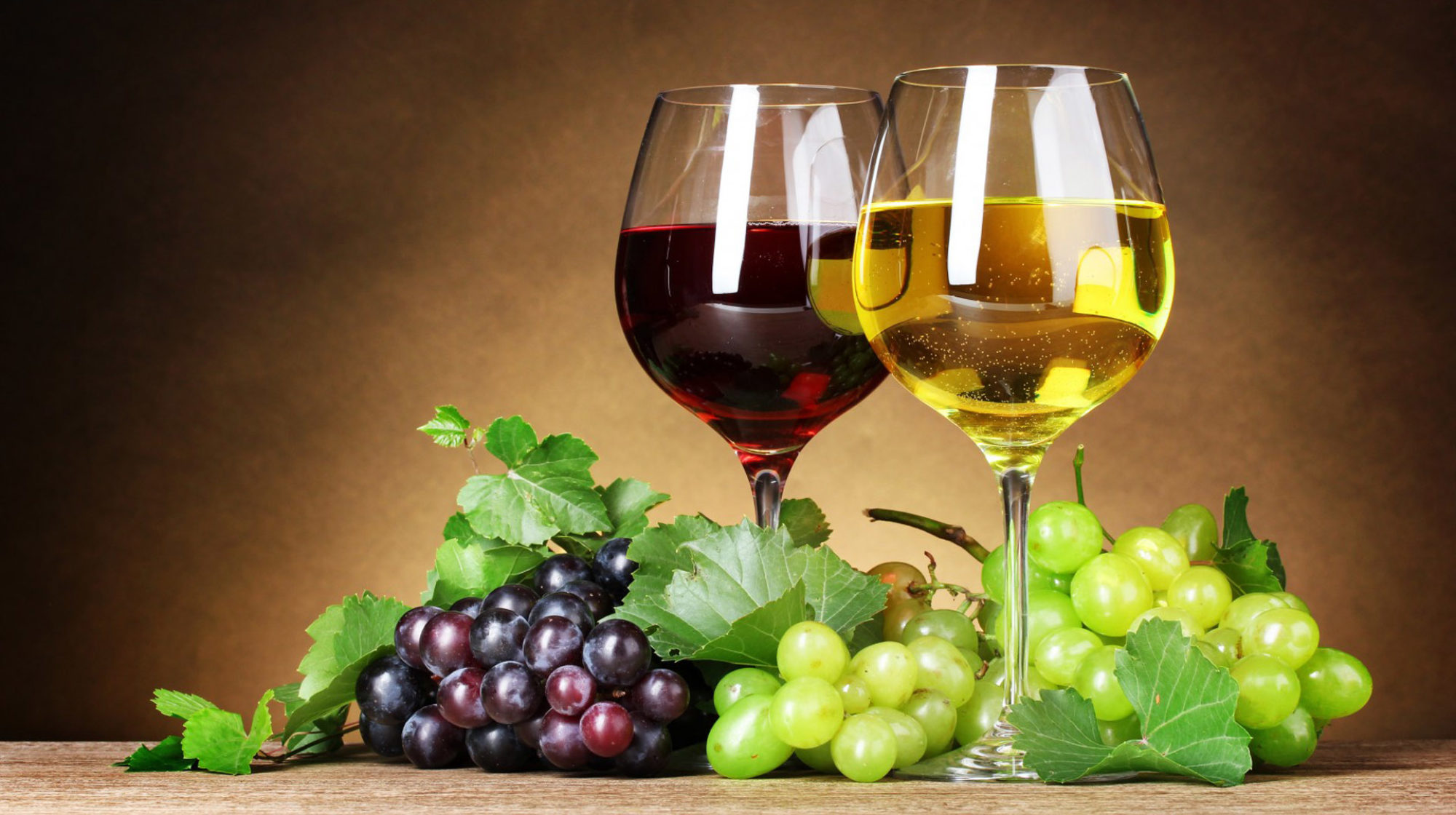
Origin: Amarone della Valpolicella, Italy
Grape: Valpolicella Blend (see below)
Year: 2013
Alcohol: 14.5%
Price point: $30
Year Reviewed: 2018
This amarone has been rated 4 to 5 stars. I had it with an Italian dinner and it paired well with lighter Italian dishes such as raviolio.
The Valpolicella Blend is based on three indigenous red-wine grape varieties grown in the Veneto region in Italy’s northeast. Corvina, Corvinone and Rondinella are the trio primarily involved in the Valpolicella DOC, although it could easily be argued that the production method is equally as important – the grape berries are semi-dried to make Amarone, possibly their most famous incarnation.
The exact proportions used are ultimately down to the winery, though Corvina plays the starring role (45 to 95 percent) in the various levels of Valpolicella red wine and is regarded as the blend’s lynchpin. Known more for its acidity and sour-cherry flavors than its depth, Corvina makes for lightly colored wine that sometimes resembles the Gamay variety of Beaujolais. The Corvinone grape, long thought to be a clone of Corvina but now regarded as a distinct, distantly-related grape variety, is allowed to provide up to 50 percent of the wine, in subsitution for some of Corvina’s allowance. Rondinella, used primarily to add color and body to the blend, offers some herbal notes and further accentuates the gentle spiciness of Corvina. It can account for up to 30 percent of the blend.
Valpolicella Blend Wine
The Valpolicella Blend is based on three indigenous red-wine grape varieties grown in the Veneto region in Italy’s northeast. Corvina, Corvinone and Rondinella are the trio primarily involved in the Valpolicella DOC, although it could easily be argued that the production method is equally as important – the grape berries are semi-dried to make Amarone, possibly their most famous incarnation.
The exact proportions used are ultimately down to the winery, though Corvina plays the starring role (45 to 95 percent) in the various levels of Valpolicella red wine and is regarded as the blend’s lynchpin. Known more for its acidity and sour-cherry flavors than its depth, Corvina makes for lightly colored wine that sometimes resembles the Gamay variety of Beaujolais. The Corvinone grape, long thought to be a clone of Corvina but now regarded as a distinct, distantly-related grape variety, is allowed to provide up to 50 percent of the wine, in subsitution for some of Corvina’s allowance. Rondinella, used primarily to add color and body to the blend, offers some herbal notes and further accentuates the gentle spiciness of Corvina. It can account for up to 30 percent of the blend.
Blending Valpolicella Wine:
The other varieties permitted can combine to account for one quarter of the blend; no one grape can make up more than 10 percent of the total wine. Additional tannins and fresh acid are provided by Molinara, though it is the least regarded of the three main grapes and its use is on the decline. Osaleta is an old Veronese grape variety which is experiencing a revival; it adds body, color and spicy aromas. Other possible red grapes include Rossignola (Gropello), Dindarella, Negrara Trentina, Barbera, Sangiovese. and Cabernet Sauvignon and Cabernet Franc.
The Valpolicella Blend is most commonly used to produce dry table wine, but may also be used to make sweet, semi-sweet and even sparkling wines. The most famous variation of dry Valpolicella is Amarone, where the appassimento method of semi-drying grapes is used to craft rich, and often sweet, wines of great concentration. Corvina and Rondinella grapes are favored in this instance because of their thick skins – making them better suited to drying – and opulent texture. Winemakers have the choice of fermenting their Amarone wines as sweet (Recioto) or dry.
https://www.wine-searcher.com/grape-1688-valpolicella-blend
About Luigi Righetti
Luigi Righetti is a small, family-run Veneto wine estate located in the heart of the Valpolicella Classico zone. It dates back to 1909, when it was established by Angelo Righetti, and Luigi Righetti took over in the 1940s, giving the estate its name. In turn, Luigi’s son Gian Maria took the helm in 1985.

The portfolio includes familiar local specialities including a Valpolicella Classico, Ripasso, a range of Amarone wines and Recioto. The flagship Capitel de Roari Amarone is made from grapes dried for four months in an attic with windows to adjust temperature and humidity. The wine is aged in oak casks and barriques for at least three years.
Righetti also makes a number of other red wines under the Veneto IGT classification, including Sol, a blend of 60 percent Corvina with equal amounts of Rondinella and the international varieties Cabernet Sauvignon, Merlot and Shiraz. It also makes several white wines and a rosé.
https://www.wine-searcher.com/producer-103488-luigi-righetti
